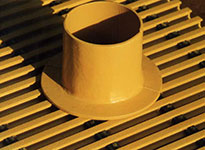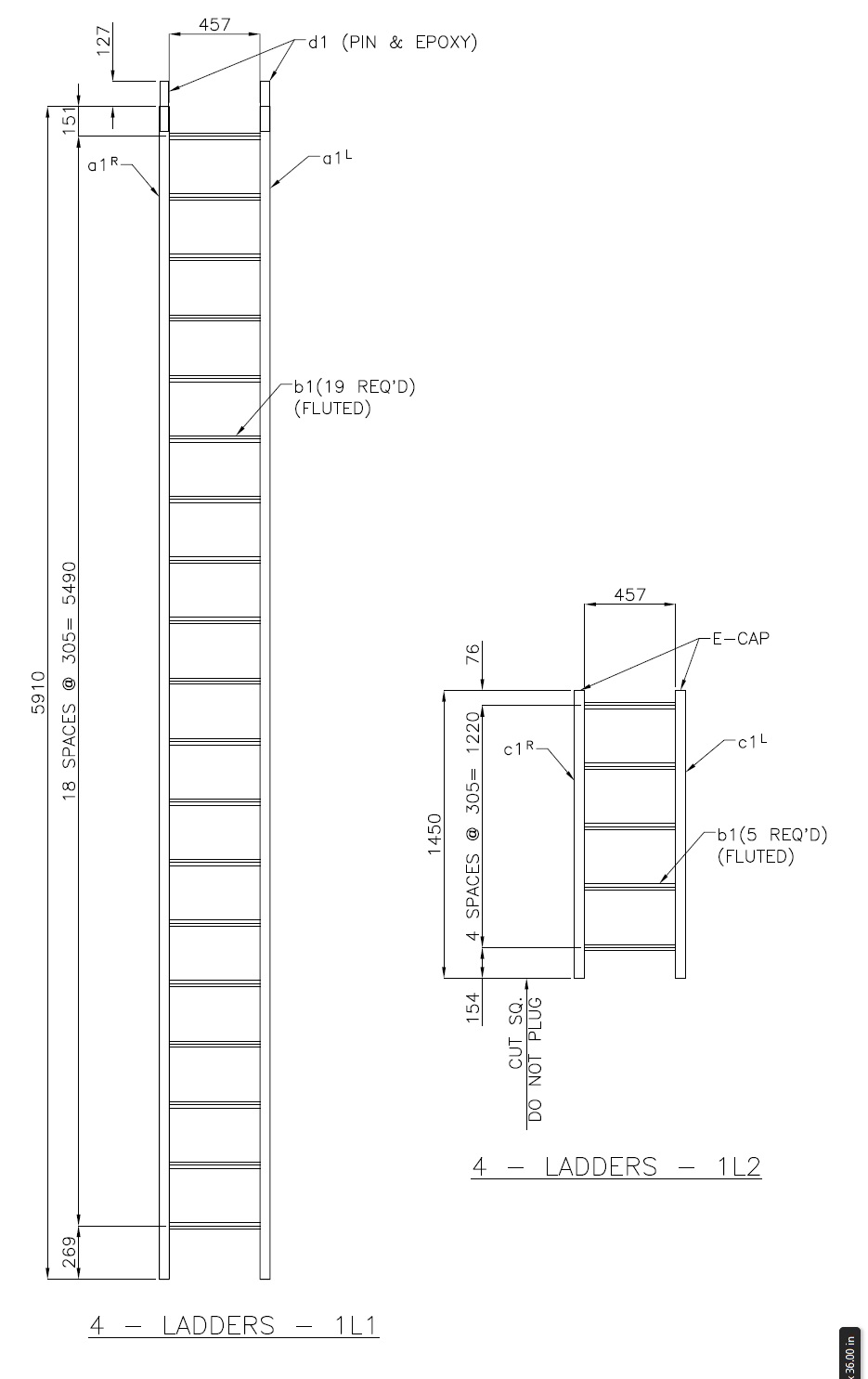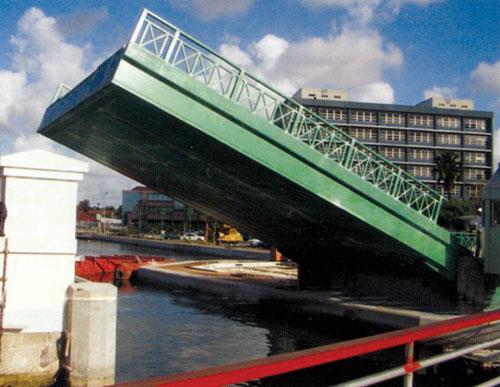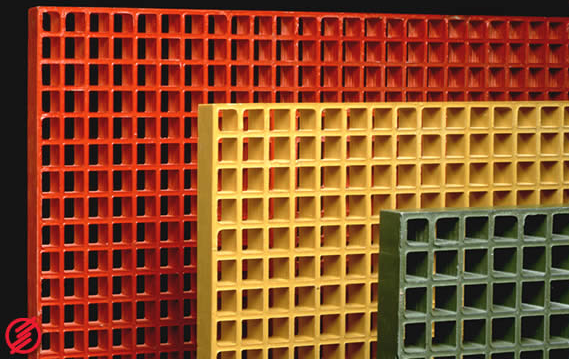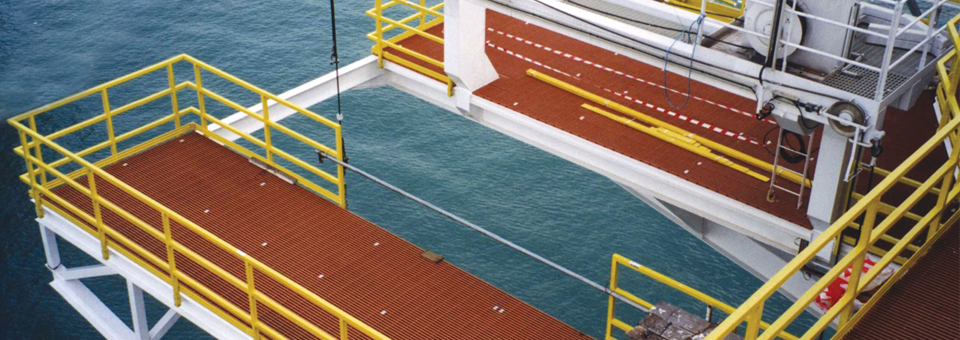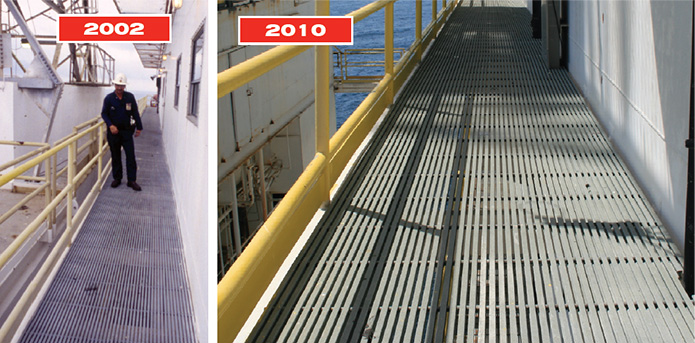The Basic Components Of FRP
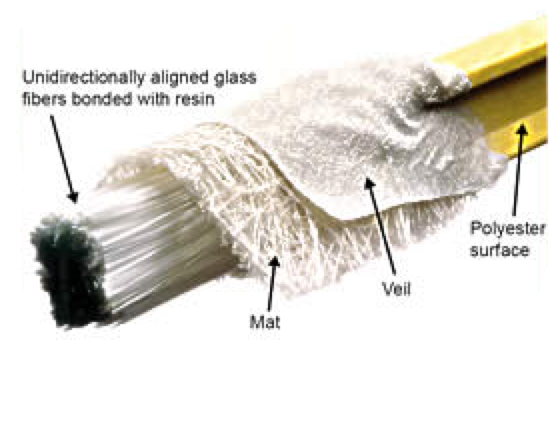
It is important to understand the materials you’re using in your application and by knowing the makeup of Redco FRP you come to appreciate the advantages it brings to the table. FRP stands for “fiberglass reinforced plastic” and for the most part FRP involves the following components: glass fibers, glass mat, synthetic surface veil, and resin. The glass fibers are probably what you think of when you think of the “glass” in fiberglass. These are bunches of long strands of glass fibers and they give impressive longitudinal strength to the end product. Wrapped over the glass fibers is glass mat, which gives strength in all directions (omnidirectional strength).
Those two components are then further bound by a synthetic surfacing veil. This veil is not in all fiberglass products available worldwide but is an important component to Redco FRP. The surfacing veil both binds the glass mat and fibers (also known as “rovings” together) providing composite strength but also importantly serves as a UV inhibitor and prevents the components underneath from “blooming” through the resin.
The final component is the resin itself which most people would know as the “plastic”. The FRP is subjected to a bath of resin which coats all the components and then is pulled through a die or set in a mold. The “general purpose” resin used is polyester; however, two other resins are used in certain applications. Vinyl ester resin is more expensive and offers the same benefits as polyester except with much better corrosion resistance and tends to last even longer in applications. This resin is most commonly used in EXTREN 625 products. The other special resin is “phenolic” and this provides fire and heat resistance not normally found with other FRP resins. Phenolic resin is especially valued by the Oil & Gas industry and can withstand fire while retaining its structural property for enough time to permit an evacuation. A good example application for phenolic resin is as FRP grating for oil drilling platforms.
If you have questions on FRP components and the advantages they provide to your application then please contact us today.


